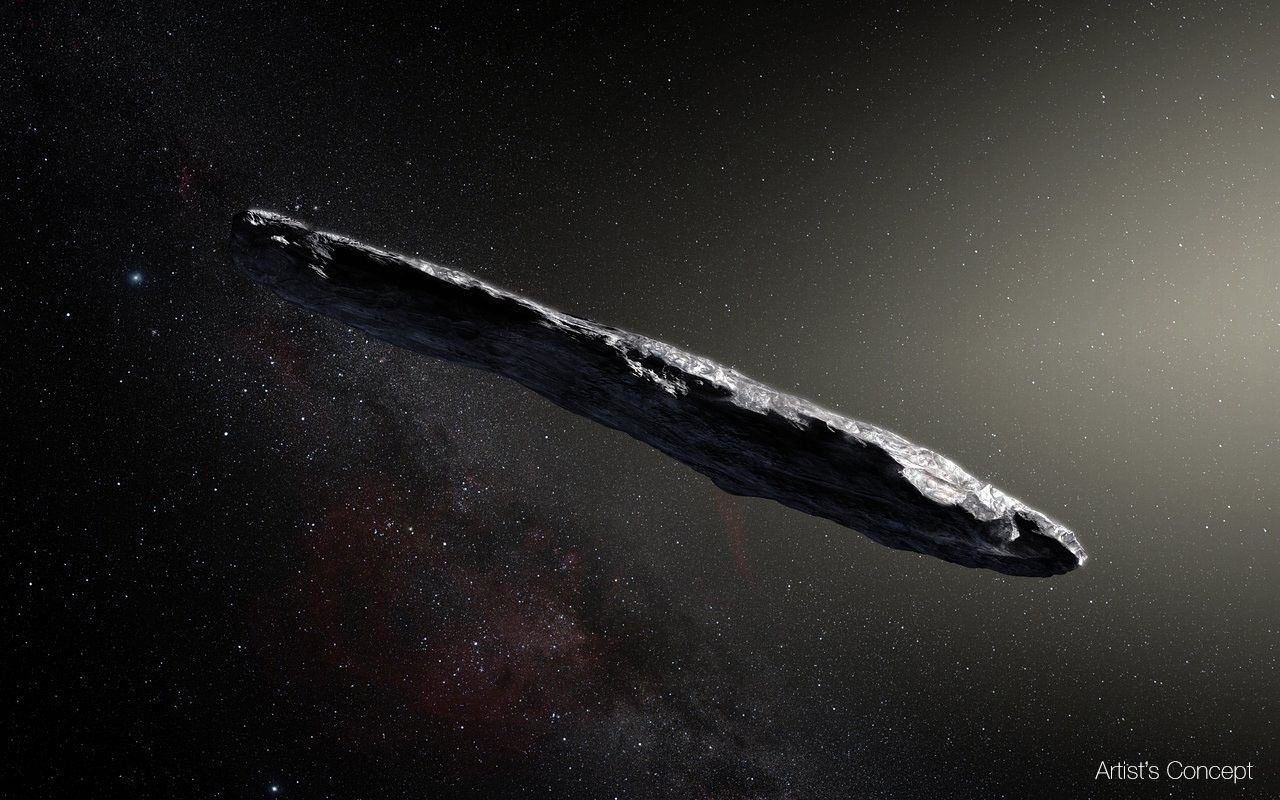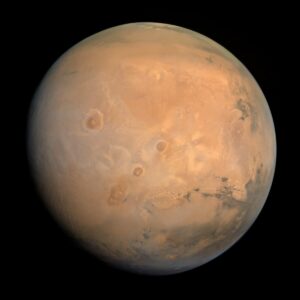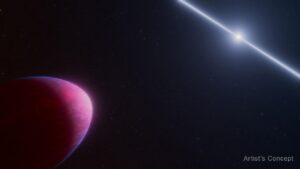Yesterday, the ATLAS telescope identified a potential interstellar interloper. The memorably named A11pl3Z (kidding) is currently zooming toward the Sun. Right now, it’s about the same distance from the Sun as Jupiter is. But the strange angle of its approach suggests it may be coming from interstellar space.
If confirmed, it would be only the third identified interstellar small body.
Small bodies encompass everything from dwarf planets like Eris to comets and asteroids. Only in the last decade have astronomers gotten good enough at tracking small bodies to find interstellar ones. Each new visitor tells us something about other solar systems, from the chemistry of their small bodies to their orbital conditions.
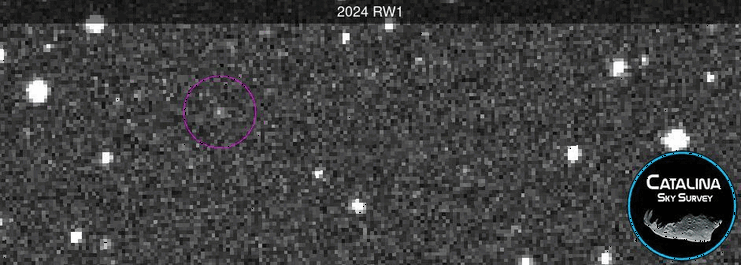
Small bodies are found by imaging the sky and searching for objects that move between shots. Photo: CSS/UA/LPL
The first two interstellar visitors
In 2017, astronomers at the University of Hawaii found an asteroid that behaved oddly. It didn’t come from any of the normal directions for asteroids or comets passing by the Sun. Moreover, it wasn’t on a bound orbit at all. It was traveling so quickly that after half a loop around the Sun, it zoomed back off into interstellar space.
They called it ‘Oumuamua, meaning “scout.” It was the first known visitor from beyond our solar system. Planetary scientists jumped at the chance to study an asteroid from the great beyond. More excitable astronomers theorized it was actually a spaceship. ‘Oumuamua entranced the world for a few months, stirred up controversy, and then disappeared into the blackness of space, beyond the reach of our telescopes.
Then, in 2019, an amateur astronomer and telescope-maker in the Crimea found a comet (a rocky body that contains large amounts of ice, unlike asteroids) on a similarly unusual trajectory. Like ‘Oumuamua, Comet Borisov darted through our neighborhood only long enough to vaporize some of its ice in the heat of our Sun. Then it, too, was gone.
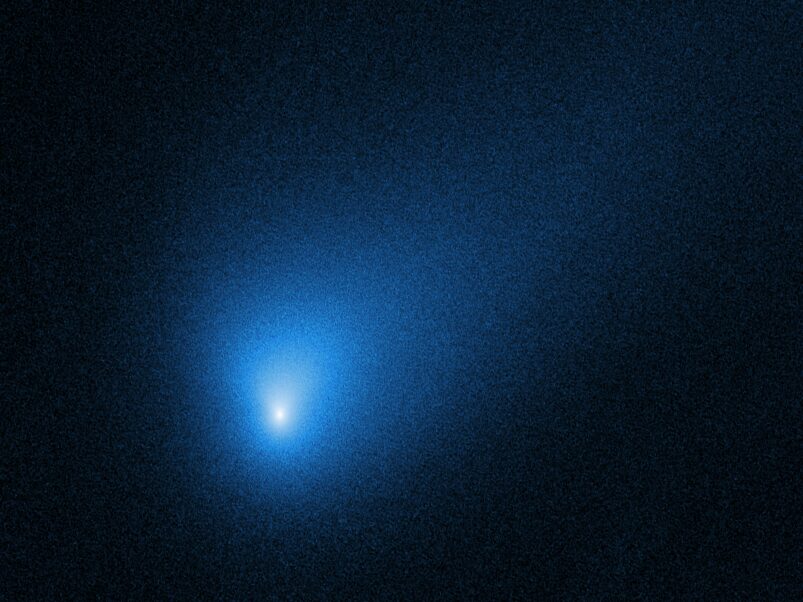
The interstellar comet Borisov glowed as the Sun evaporated some of its ice. Photo: Wikimedia Commons
What we know about A11pl3Z
Astronomers have only just discovered A11pl3Z, and it’s very faint. Since it doesn’t generate its own light, we can only see it via reflected sunlight. At its current distance, that only gives it a brightness equivalent to that of galaxies about one billion light-years away.
This obfuscates exactly how fast A11pl3Z is traveling, and in what direction. While it’s still possible that A11pl3Z is just a very odd object from our solar system, it looks very interstellar. Not only is it entering the solar system from a strange angle, it’s also orbiting in the opposite direction from solar system bodies.
Right now, it seems less perturbed by the Sun’s gravity than Oumuamua or Borisov. That means it came from outer space with a much higher velocity.
The study of small bodies moves very quickly. Every night, planetary scientists get a plethora of new information on interesting objects. Soon, we should know whether A11pl3Z is an unusual member of our own solar system or something from much further abroad.
